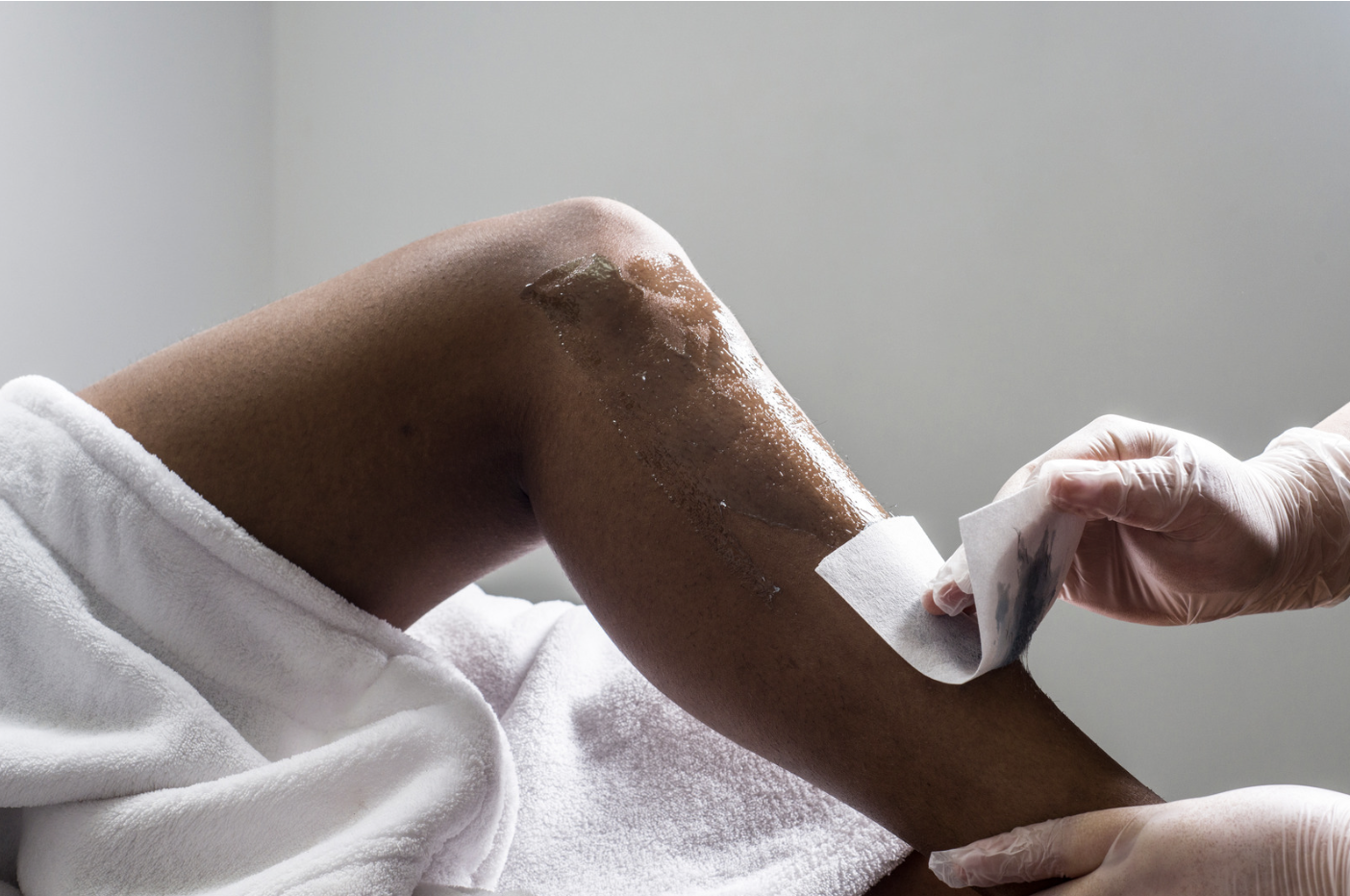Waxing: Tips, Techniques, and Everything You Need to Know
Waxing is a popular hair removal method that offers longer-lasting results compared to shaving or depilatory creams. Whether you're a seasoned waxing pro or considering trying it for the first time, understanding the ins and outs of waxing is essential for achieving smooth, hair-free skin. In this comprehensive guide, we'll explore the various aspects of waxing, from preparation and technique to aftercare and troubleshooting, to help you achieve salon-worthy results at home or in the hands of a professional.
Understanding Waxing: Waxing involves applying a sticky substance (wax) to the skin, allowing it to adhere to the hairs, and then quickly removing the wax along with the unwanted hair. There are two primary types of wax: soft wax, which is applied thinly and removed using cloth or paper strips, and hard wax, which is applied in a thicker layer and removed by gently pulling it off the skin once it has cooled and hardened.
Preparation:
Hair Length: For optimal results, ensure that your hair is at least a quarter-inch long before waxing. Hair that is too short may not adhere to the wax properly, while hair that is too long can be more painful to remove.
Exfoliation: Gently exfoliate the skin a day or two before waxing to remove dead skin cells and prevent ingrown hairs. Avoid exfoliating immediately before waxing, as it can make the skin more sensitive and prone to irritation.
Cleanliness: Thoroughly cleanse the skin to remove any dirt, oil, or residue that may interfere with the waxing process. Avoid applying lotions or oils to the skin before waxing, as they can create a barrier that prevents the wax from adhering properly.
Technique:
Temperature: Ensure that the wax is heated to the appropriate temperature before application. If the wax is too hot, it can cause burns or skin damage, while wax that is too cold may not effectively remove the hair.
Application: Apply the wax in the direction of hair growth using a spatula or applicator stick, spreading it evenly in a thin layer. For hard wax, wait until it has cooled and hardened before gently lifting the edge and pulling it off in the opposite direction of hair growth. For soft wax, apply a cloth or paper strip over the wax, press down firmly, and then quickly remove it against the direction of hair growth.
Aftercare:
Soothe the Skin: After waxing, soothe the skin by applying a cooling gel or lotion to reduce redness and inflammation. Avoid using products that contain alcohol or fragrances, as they can irritate freshly waxed skin.
Avoid Sun Exposure: Protect freshly waxed skin from sun exposure for at least 24 hours, as it may be more sensitive and prone to sunburn.
Moisturize: Keep the skin hydrated by applying a gentle moisturizer regularly to prevent dryness and promote healing.
Troubleshooting:
Ingrown Hairs: To prevent ingrown hairs, exfoliate regularly and avoid wearing tight clothing that can trap hair follicles. If ingrown hairs do occur, gently exfoliate the affected area and apply a topical treatment containing salicylic acid or glycolic acid to help release trapped hairs.
Redness and Irritation: If you experience redness or irritation after waxing, apply a cold compress or soothing cream to calm the skin. Avoid scratching or picking at the skin, as this can lead to further irritation or infection.
Waxing is a versatile and effective hair removal method that can provide smooth, long-lasting results when done correctly. By following proper preparation, technique, and aftercare, you can achieve salon-quality waxing results in the comfort of your own home or with the assistance of a professional. So say goodbye to unwanted hair and hello to silky-smooth skin with the power of waxing!

